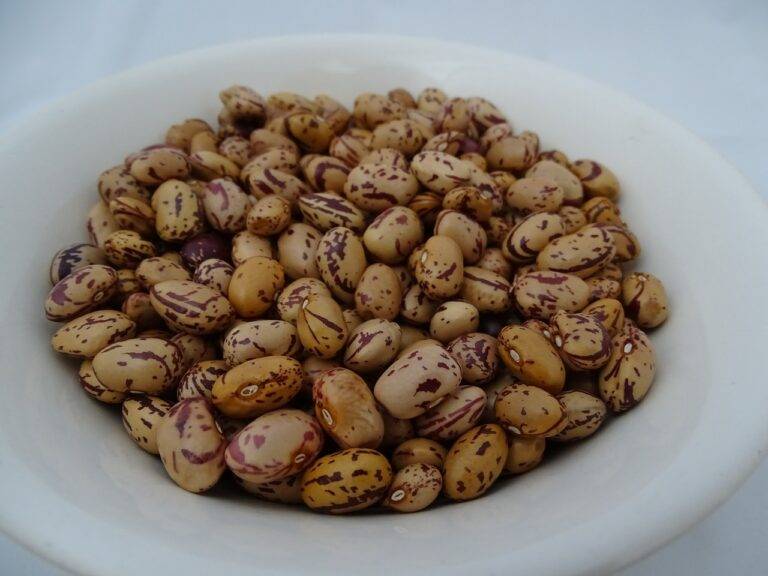Navigating Food Labels: Understanding Food Additives and Preservatives
Understanding food labels is essential for making informed choices about the foods we eat. These labels provide valuable information about the nutritional content and ingredients in packaged foods. By reading food labels, consumers can better understand the calorie count, serving size, and key nutrients present in the product.
One important aspect of food labels is the ingredient list. Ingredients are typically listed in descending order by weight, meaning that the first ingredient listed is the most predominant in the product. This allows consumers to be aware of what goes into their food and make conscious decisions based on their dietary preferences and restrictions.
• Food labels provide valuable information about the nutritional content and ingredients in packaged foods
• By reading food labels, consumers can better understand the calorie count, serving size, and key nutrients present in the product
• Ingredients are typically listed in descending order by weight on food labels
• The first ingredient listed is the most predominant in the product
• Consumers can make conscious decisions based on their dietary preferences and restrictions by reading ingredient lists
Common Food Additives to Look Out For
Food additives are substances added to food products to improve their flavor, appearance, texture, or shelf life. While many additives are considered safe for consumption, some may have potential health risks. It is important for consumers to be aware of common food additives found in packaged foods and to make informed choices when shopping.
One common food additive to look out for is monosodium glutamate (MSG), a flavor enhancer often used in savory dishes. While MSG is generally recognized as safe by the FDA, some people may experience adverse reactions such as headaches or sweating after consuming foods containing this additive. It is advisable to check food labels for MSG or its alternative names like hydrolyzed vegetable protein or yeast extract.
Hidden Sources of Preservatives in Food
Preservatives are commonly used in food to prolong shelf life and maintain freshness. However, some products may contain hidden sources of preservatives that are not immediately obvious to consumers. These hidden sources can include artificial flavors, colors, and sweeteners, which often contain preservatives to enhance their stability and longevity.
Another common hidden source of preservatives in food is packaged sauces and condiments. These products often contain additives such as sulfites, benzoates, and nitrites to prevent spoilage and maintain flavor. Additionally, processed meats like deli meats and sausages can also be culprits of hidden preservatives, as they are typically treated with nitrates and nitrites to prevent bacterial growth and maintain color.
What are some common food additives that can act as preservatives?
Some common food additives that can act as preservatives include sulfites, nitrates, benzoates, and sorbates.
How can I identify hidden sources of preservatives in food?
Hidden sources of preservatives in food can be identified by looking out for ingredients such as sodium metabisulfite, potassium sorbate, sodium nitrate, and benzoic acid on food labels.
Why should I be concerned about hidden sources of preservatives in food?
Consuming foods with hidden sources of preservatives can potentially lead to adverse health effects for some individuals, such as allergic reactions or intolerances.
Are there any natural alternatives to artificial preservatives?
Yes, natural alternatives to artificial preservatives include ingredients like vinegar, lemon juice, salt, and sugar, which can help preserve food without the use of synthetic chemicals.
Is it possible to completely avoid preservatives in food?
It may be challenging to completely avoid preservatives in all food products, but opting for minimally processed and organic foods can help reduce your intake of artificial preservatives.







